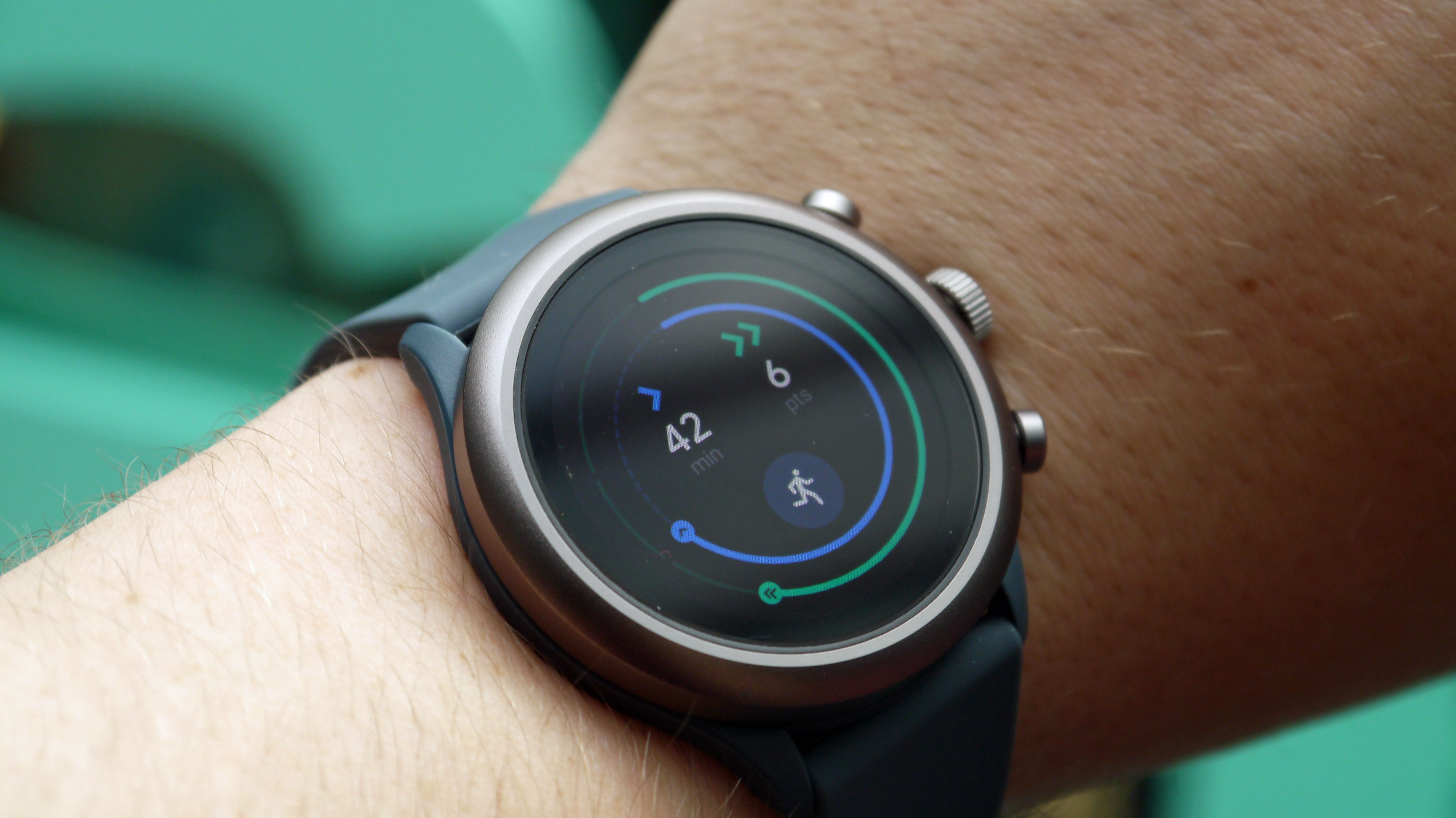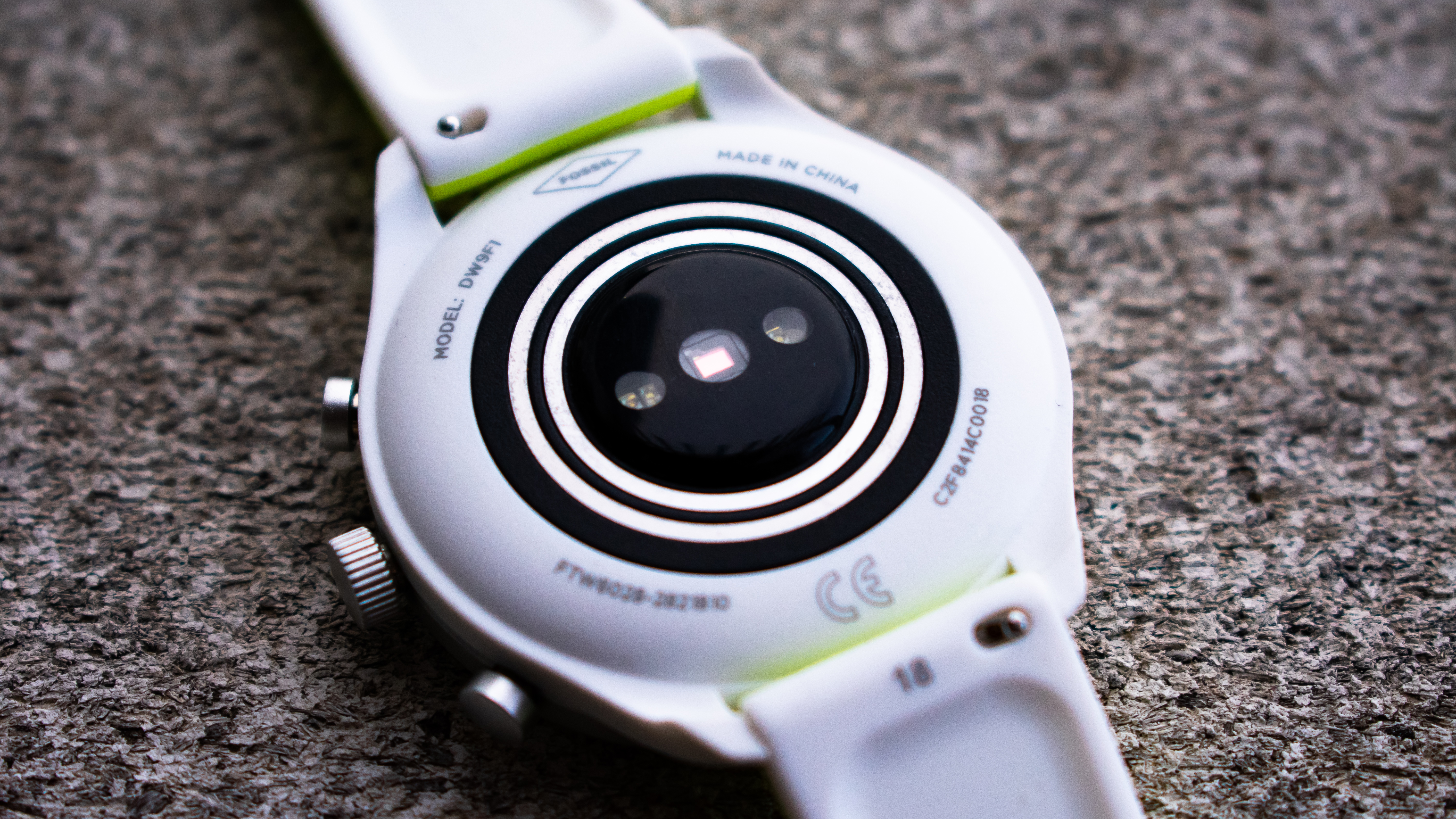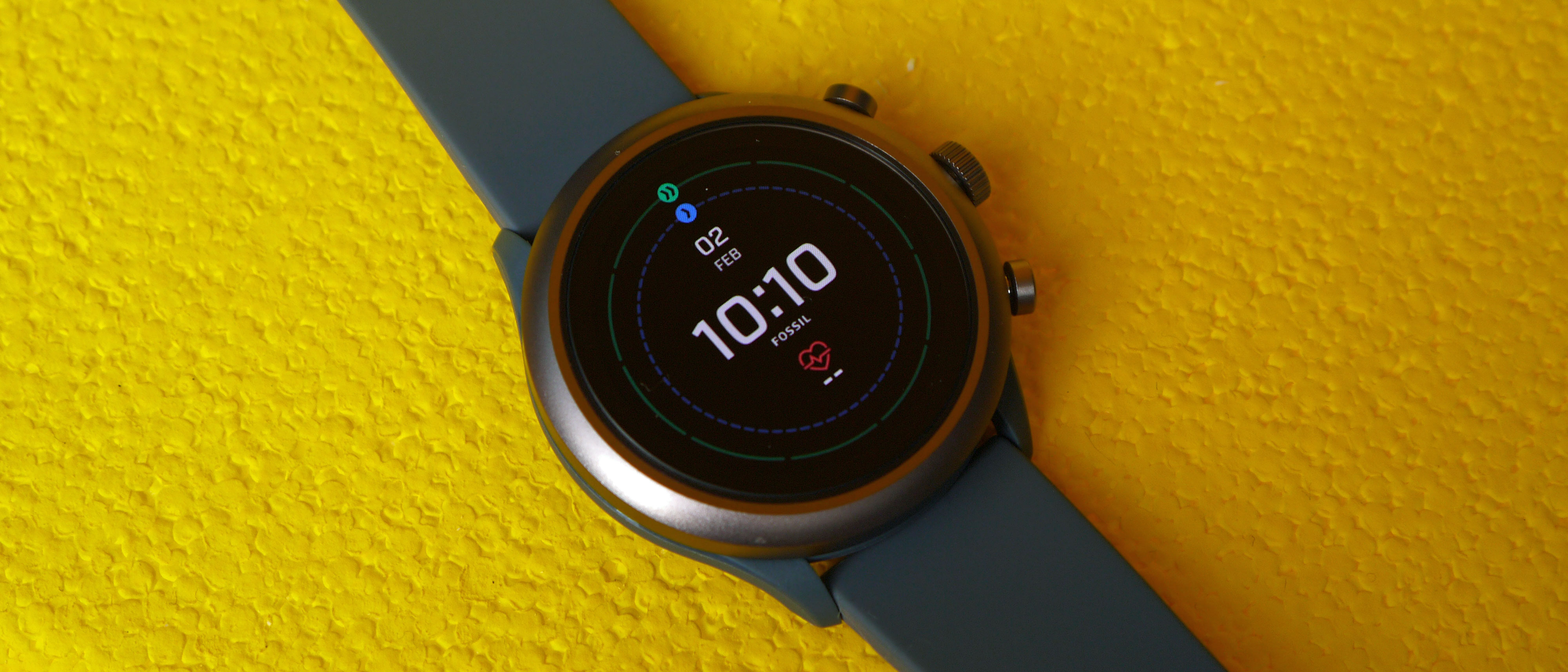Why you can trust TechRadar
Performance
- Snapdragon Wear 3100
- Watch feels snappy
- 512MB of RAM / 4GB of storage
The Fossil Sport is packing the latest wearable chipset from Qualcomm, the Snapdragon Wear 3100. This means that apps feel nice and responsive, and battery life is typically awesome – which we’ll go into later.
Getting the watch updated took a while, though that could have been due to our Wi-Fi connection more than anything. Once we got the update out of the way, nothing really held us back. This is partially thanks to the 512MB of RAM. Even when we loaded multiple apps in quick succession, we didn’t notice any slowdown.
And, because the Fossil Sport also has 4GB of storage, you should be able to load plenty of apps, or even music – which you can listen to independently of your phone. Just don’t expect to load up your entire music library.

Note that the Fossil Sport also has NFC, so you can use it to make contactless payments using Google Pay.
We tested the Fossil Sport on iOS, and while it is totally functional, it - like all Wear OS watches - would be better suited to an Android device, especially considering the wider selection of fitness apps that would be available.
Fitness
- Swim-proof
- GPS works (kind of)
- Heart rate monitor is accurate
The Fossil Sport is almost entirely geared towards fitness, and for the most part it’s one of the best fitness trackers we’ve used. Its light build, long battery life and accurate sensors mean that it can keep up with even the most rigorous marathons.
The built-in heart rate monitor will help you fine-tune your workouts, and the accelerometer and GPS should help track distance when you’re running.
However, one thing we did notice is that the Fossil Sport sometimes took quite a while to pick up a GPS signal. There was one occasion where it took nearly five minutes. That’s not great.

Also, if you’re using the Fossil Sport with an iPhone, you’re going to have to settle for the fitness options baked into the Wear OS app, which aren’t quite as rigorous as some other options you’d find on the Google Play store.
For basic workouts, this is fine: there are plenty of pre-configured workouts available. However, if you really want to control every minute detail of your workout, you may find this app lacking.
You can even swim with the Fossil Sport. The watch’s water resistance is rated for depths of 50 meters, so you should be able to use it to track swimming without worrying. Plus, that silicone strap means that it shouldn’t get grimy after one trip to the pool.
Again, if you’re looking for a smartwatch primarily for fitness, you really can’t go wrong with the Fossil Sport. You can track workouts for days, and with this watch's battery life - which we'll get to below - we almost mean that literally.

Battery life
- Rated for two days
- Optional always-on display
- Low power mode
Frankly, we love smartwatches with OLED displays. You see, an always-on smartwatch display with an LCD screen would drain battery extremely fast – but not the Fossil Sport with its OLED screen.
We activated the always-on display and kept it that way. And, even with this option enabled, we were able to make it from breakfast to bedtime with 30% battery remaining. This reviewer can’t sleep with a watch on, but if you wanted it to last longer, switching the always-on display mode off would greatly extend battery life.
And, this is why Fossil’s claim of two days of battery life feels attainable. Plus, even when the battery runs down, there’s a low power mode which will allow the Fossil Sport to function as, well, a watch, for a while after almost completely running out of juice.
The Fossil Sport also charges incredibly quickly. When we pulled it out of the package it was completely dead – which was annoying in its own right – but 20-30 minutes on the charger and it was good to go. You should never have to go more than a few minutes without the watch on, unless you want to.
Current page: Fitness, performance and battery life
Prev Page Introduction, design and display Next Page Verdict and competitionJackie Thomas is the Hardware and Buying Guides Editor at IGN. Previously, she was TechRadar's US computing editor. She is fat, queer and extremely online. Computers are the devil, but she just happens to be a satanist. If you need to know anything about computing components, PC gaming or the best laptop on the market, don't be afraid to drop her a line on Twitter or through email.

